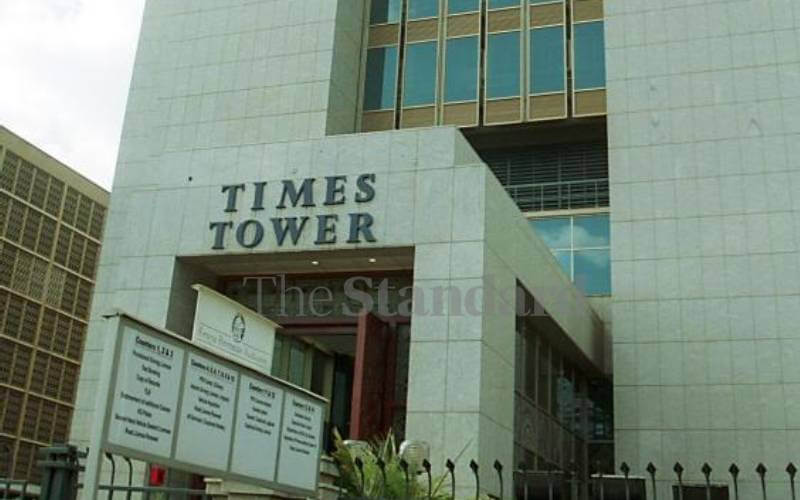
Our Projects are
Transforming African Trade
Quick Contacts
2nd Floor, Fidelity Insurance Centre Waiyaki Way, Westlands

In the last couple of years, there has been exponential growth in international trade globally. Customs administrations are key players in international trade as frontline agencies in the clearance of goods, people and means of conveyance across borders.
This growth has meant an increased workload for Customs as officials have to clear a large number of consignments as well as passengers. To enhance operational efficiency, Customs Administrations have employed technology by automating most of their processes including the processing of declarations, risk management, revenue assessment and collection, post clearance audit, among others.
Kenya Revenue Authority’s Customs and Border Control has not been left behind, transitioning from what used to be very long endless truck queues, extending as far as 25km at border points, a surge in smuggling, slow clearance taking as long as a week or two, to efficient clearance services with malpractices being detected instantly.
The efficiency is made possible by the technological changes with KRA having 33 serviceable scanners, across the country. Initially, Customs officers perused cargo manually, now the 33 scanners are interlinked to the Integrated Scanners Command Centres at Times Towers, JKUAT Towers and Mombasa Command Centre, enhancing transparency in the entire process.
The platform handles processes such as Customs declarations, revenue assessment and payment, intelligence-based risk management as well as post-clearance audit. All the functions supporting cargo clearance are domiciled within iCMS.
To enhance regional trade through trade facilitation, KRA in partnership with the Revenue Administrations of the EAC Partner States (Uganda and Rwanda) have implemented the Regional Electronic Cargo Tracking System. The system enables real-time tracking of transit cargo from the port of Mombasa to its final destination through an online digital platform.
Read original article
Disclaimer: The views and opinions expressed in this article are those of the authors and do not necessarily reflect the official policy or position of TradeMark Africa.